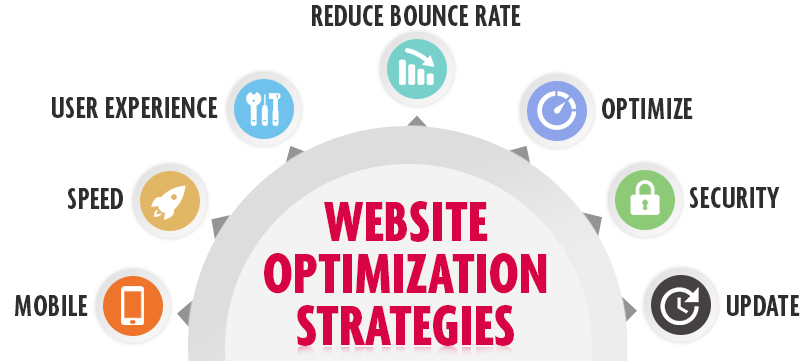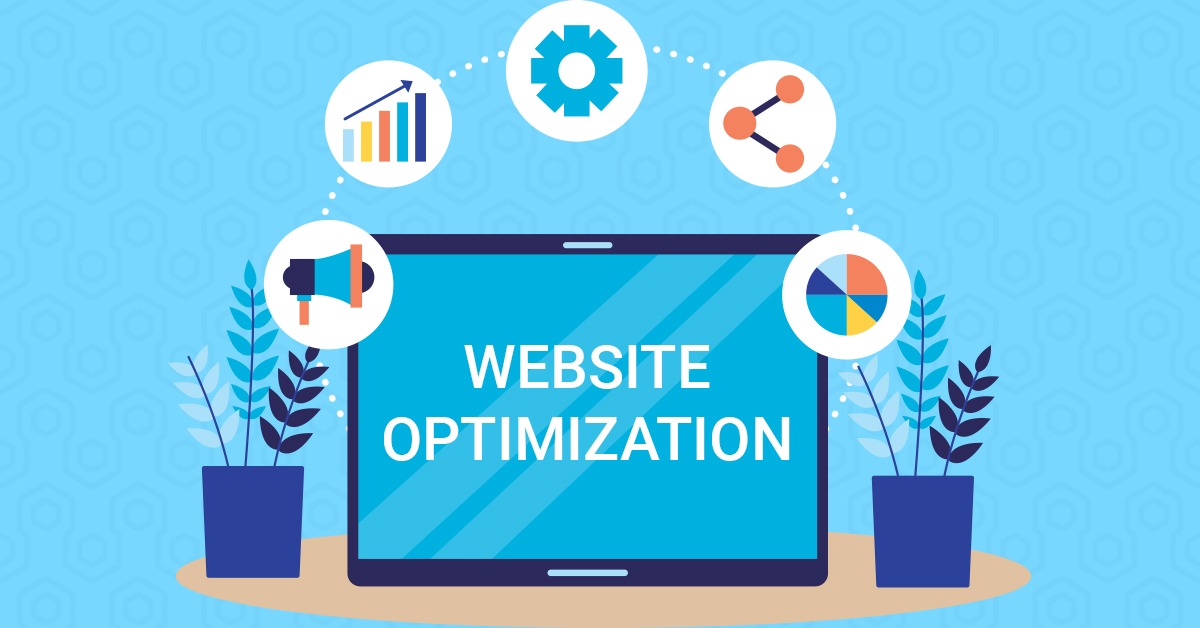- April 24, 2024
- by Mariyam Arshad
- SEO News, Website development
- 0 Comments
Search engine optimization (SEO) and responsive web design stand out as essential elements in the always changing field of web development. SEO improves exposure and brings in organic traffic to your website, while responsive web design guarantees a flawless user experience across multiple devices. You can achieve more success and greatly increase your web visibility by combining these two components. We’ll examine best practices, discuss the function of SEO in responsive site design, and learn about its many advantages in this post.
Understanding Responsive Web Design:
An approach to web development known as responsive web design (RWD) attempts to make websites that can adjust to various screen sizes and devices. To offer the best possible viewing experiences across all platforms, RWD leverages flexible layouts, fluid grids, and media queries instead of building distinct versions of a website for desktops, tablets, and smartphones. Because mobile devices are becoming more and more common, responsive design is now necessary to draw in people and stay competitive in the digital space.

The Importance of SEO in Responsive Web Design:
While SEO focuses on increasing a website’s exposure in search engine results pages (SERPs), responsive web design prioritizes the user experience. By incorporating SEO best practices into responsive web design, you can make sure that your website looks great on all platforms and performs well in search results, increasing organic traffic and conversion rates. For responsive site design, SEO is essential for the following main reasons:
1- Improved Ranking:
Google and other search engines give preference to mobile-friendly websites in their rankings. By implementing responsive design and making your site mobile-friendly, you may improve your website’s search engine rating and draw in additional traffic.
2- Enhanced User Experience:
A key component of SEO is user experience. By ensuring that your website works seamlessly and consistently on all devices, responsive design lowers bounce rates and entices visitors to read more of your content.
3- Faster Page Loading:
Another important ranking element for search engines is page speed. Generally speaking, responsive websites load more quickly on mobile devices, which improves user experience and raises their search engine results.
4- Reduced Duplicate Content:
Keeping separate versions of a website for desktop and mobile devices might result in duplicate content problems, which can negatively impact SEO performance. By displaying the same content on all devices, responsive design solves this issue and helps to avoid duplicate content penalties.
Best Practices for SEO in Responsive Web Design:
Try using the following recommended practices to improve the search engine optimization of your responsive website:
1- Mobile-First Approach:
When developing a website, keep mobile users in mind and give mobile responsiveness and usability top priority.
2- Optimize Images and Media:
To provide a seamless experience for mobile users, compress photos and videos to lower file sizes and speed up page loads.
3- Use Structured Data Markup:
Use structured data markup to give search engines more context for your material, which will raise the possibility that it will show up in rich snippets and other SERP elements.
4- Focus on Local SEO:
If your company caters to local customers, make sure your website is optimized for local search by using location-based content, schema markup, and pertinent keywords.
5- Monitor Performance:
Using resources like Google Analytics and Google Search Console, keep a regular eye on the functionality of your website to spot any problems and implement the required fixes.
Benefits of Optimizing Responsive Web Design for SEO:
There are several advantages to incorporating SEO best practices into your responsive web design plan, such as:
1- Increased Visibility:
Increased visibility and exposure to your target demographic as a result of higher search engine results increases website traffic.
2- Better User Engagement:
Positive user experiences on responsive and well-optimized websites result in higher engagement metrics like lower bounce rates and longer dwell durations.
3- Higher Conversion Rates:
Enhanced visibility and user experience lead to increased conversion rates, be it for a purchase, form submission, or newsletter subscription.
4- Cost Efficiency:
Long-term time and resource savings can be achieved by administering a single responsive website rather than several versions for various devices.
5- Future-Proofing:
Investing in SEO and responsive design will help your website stay relevant and competitive in the ever-evolving digital landscape as mobile usage rises.
Conclusion:
To sum up, in today’s digital environment, responsive site design optimization is crucial for success through search engine optimization. You can create a website that looks amazing on all devices and performs well in search engine rankings, boosting organic traffic and optimizing conversion opportunities by integrating the concepts of responsive design with efficient SEO methods. To realize the greatest potential of your web presence, embrace SEO best practices and responsive design.





